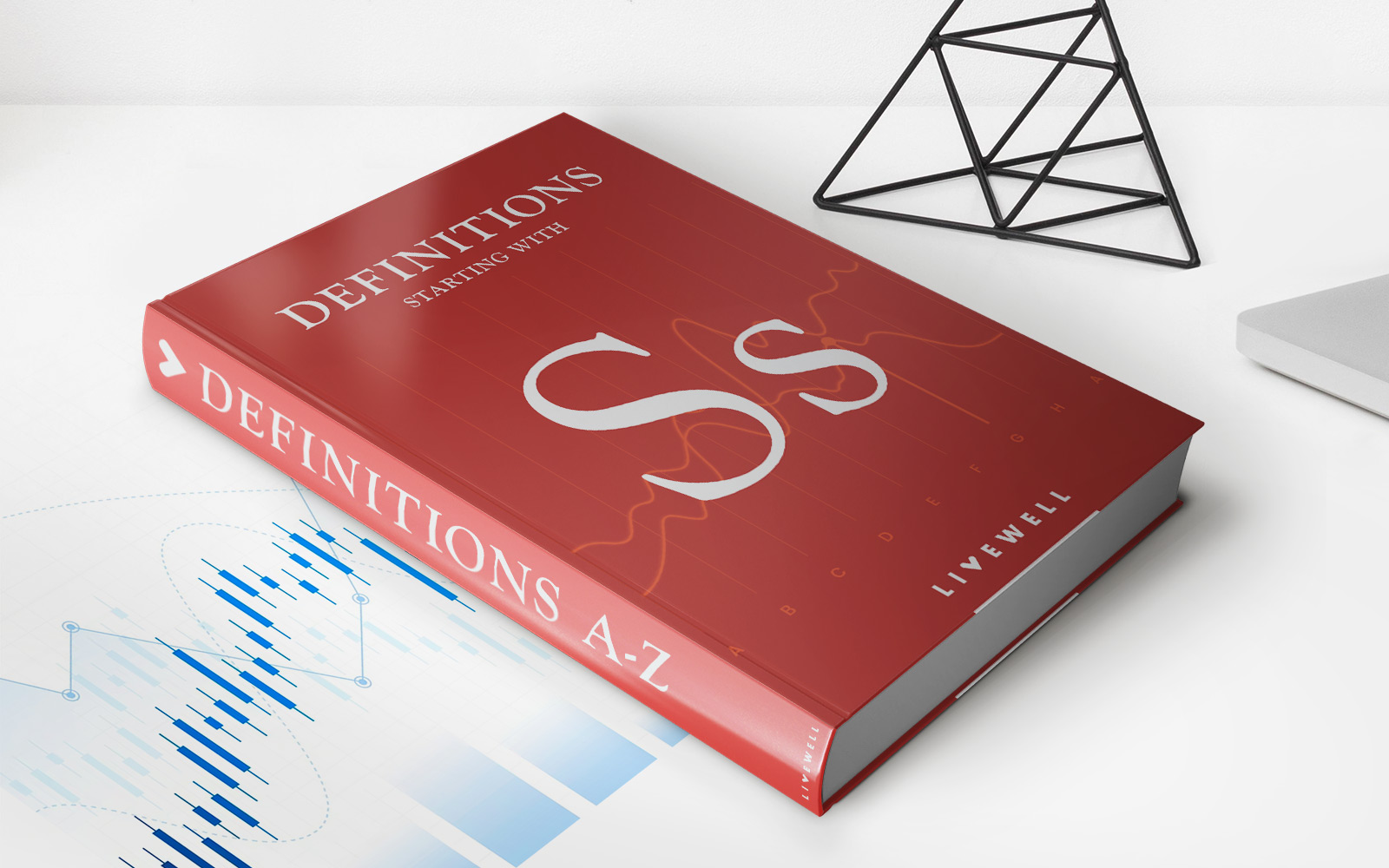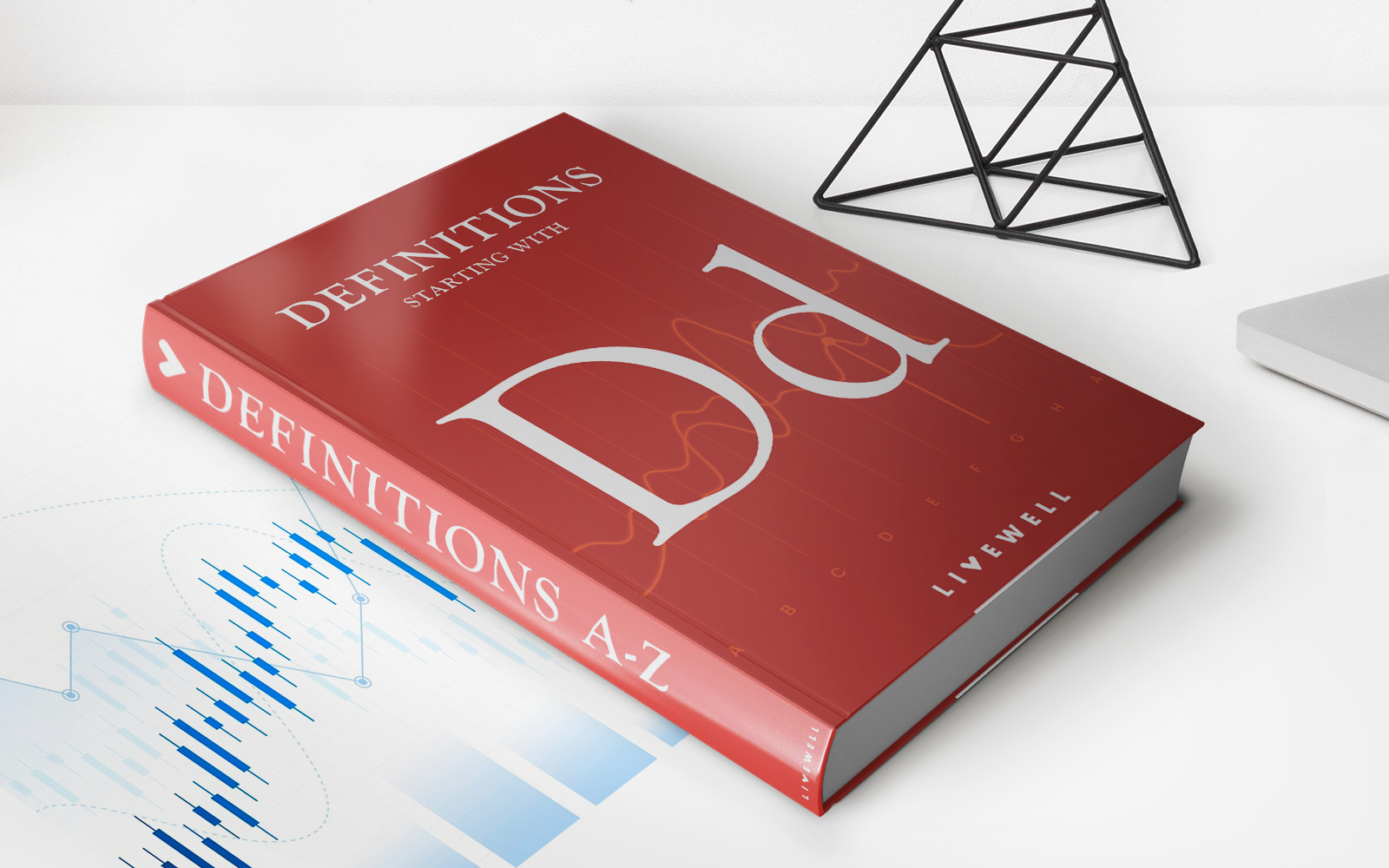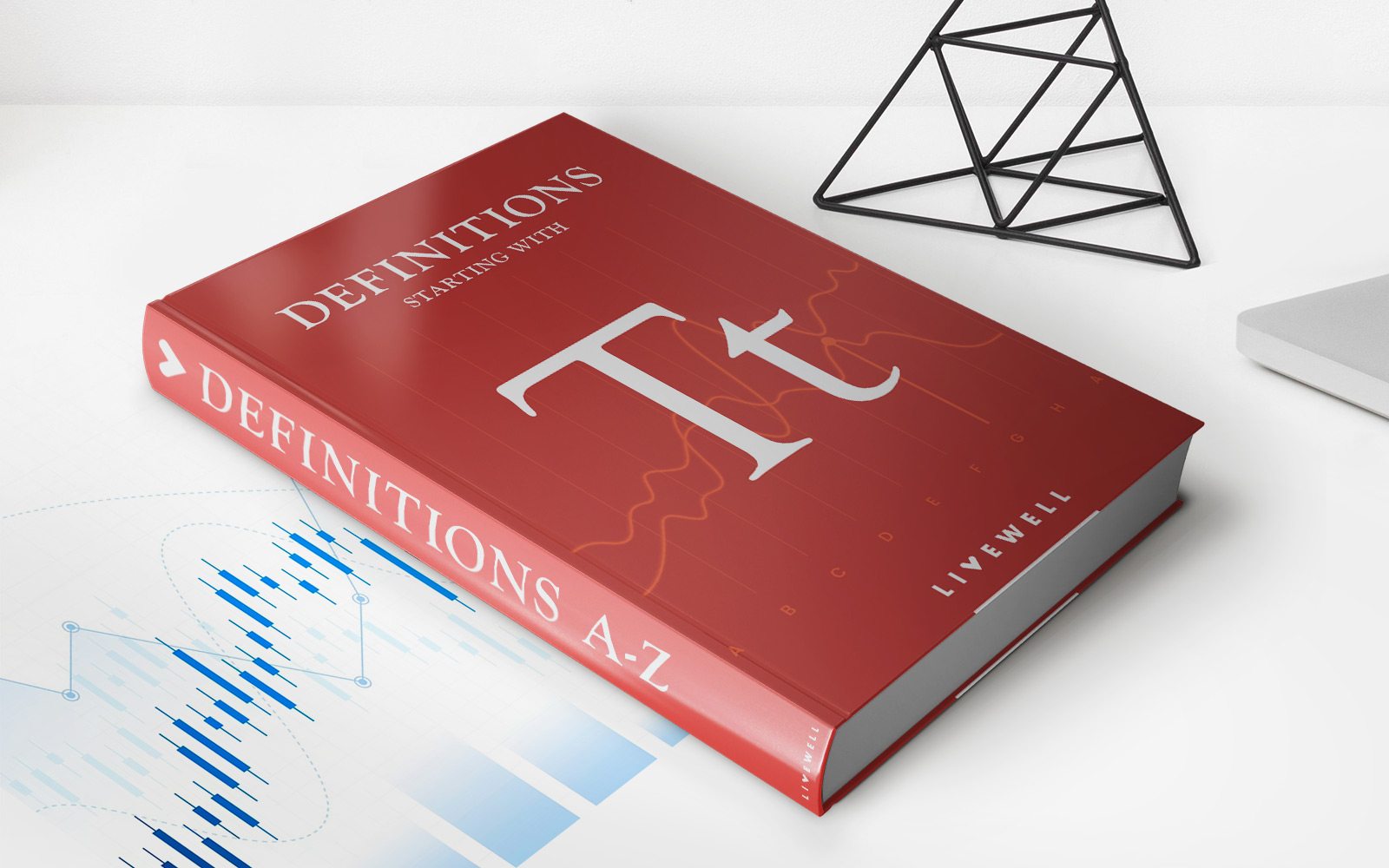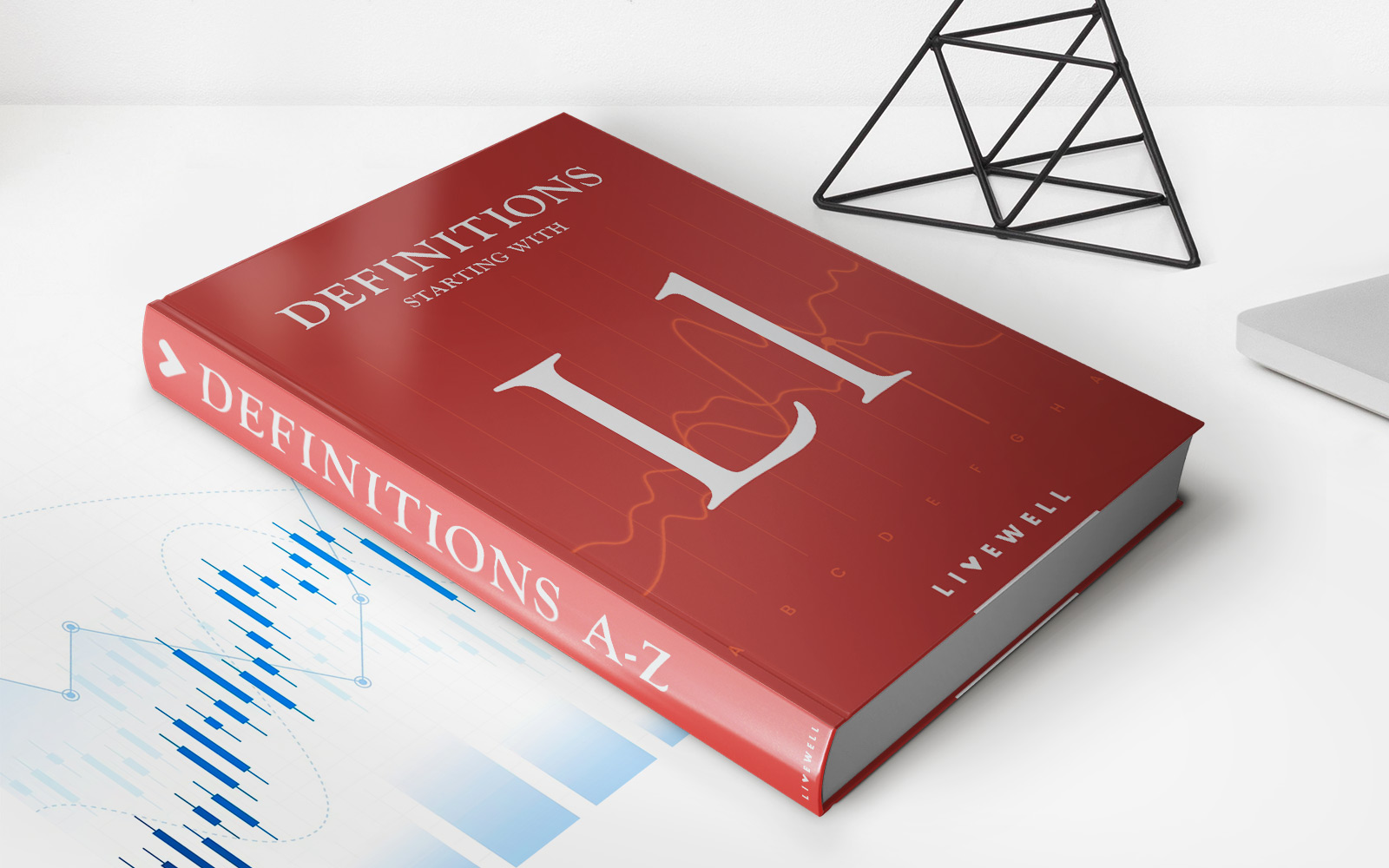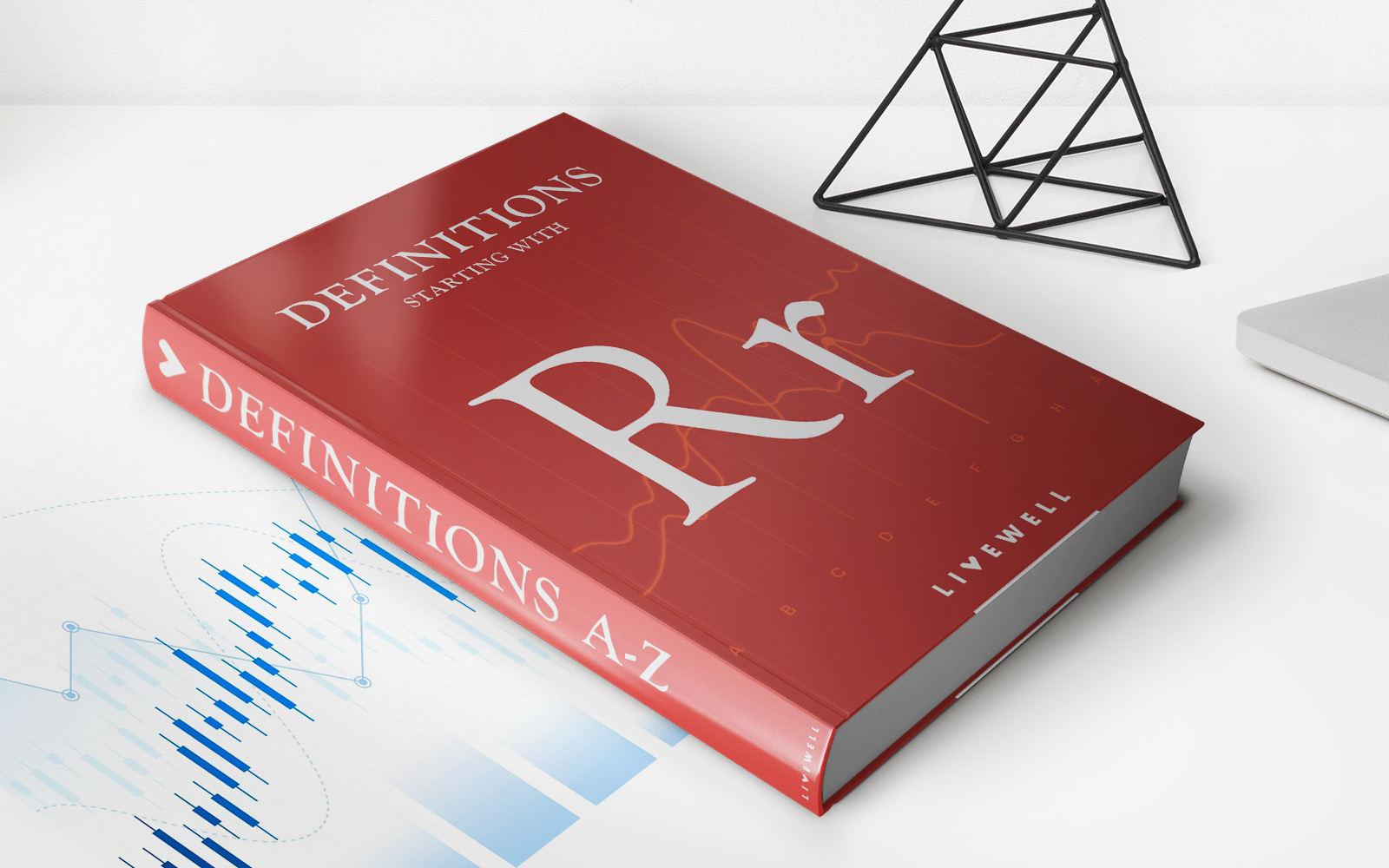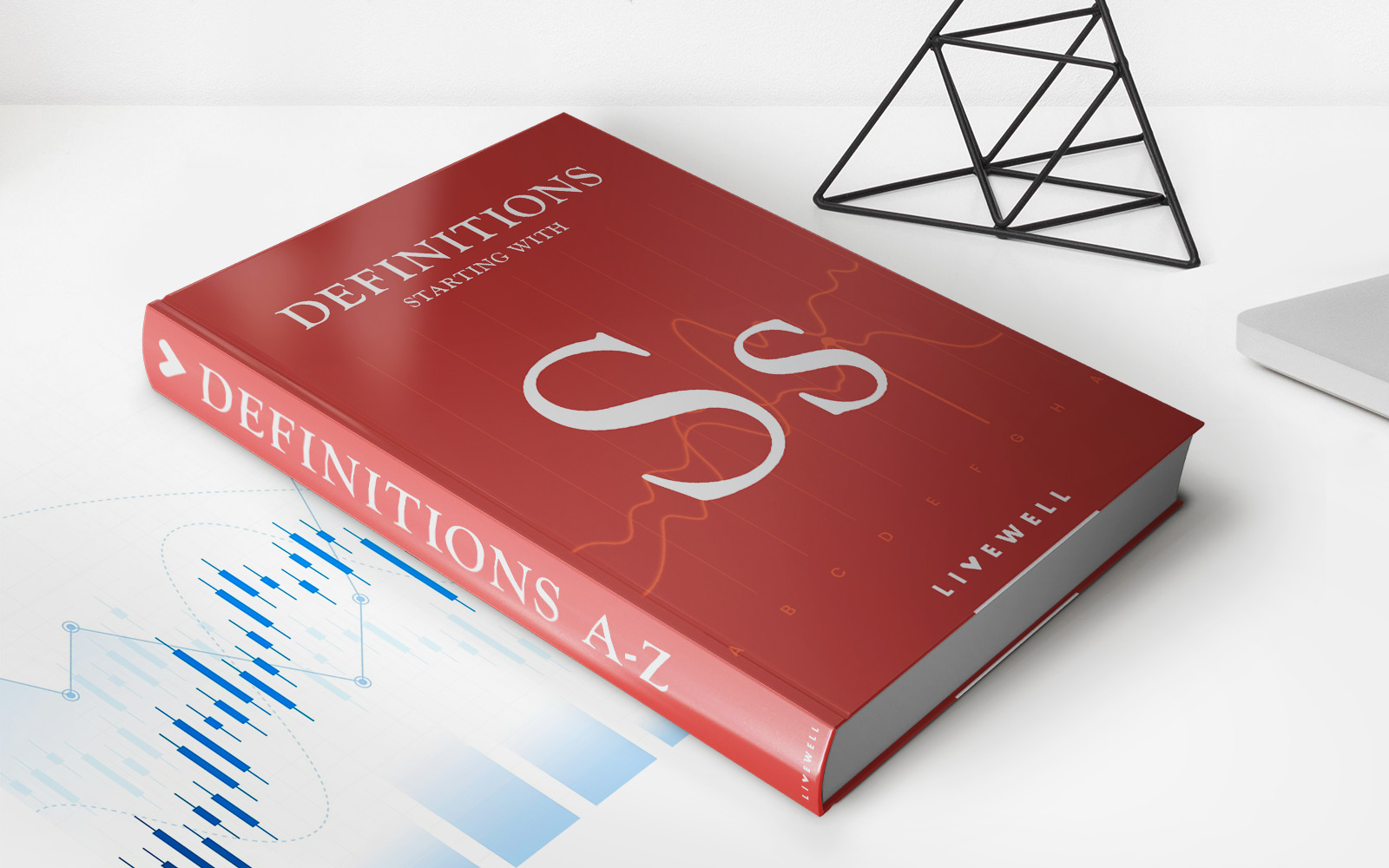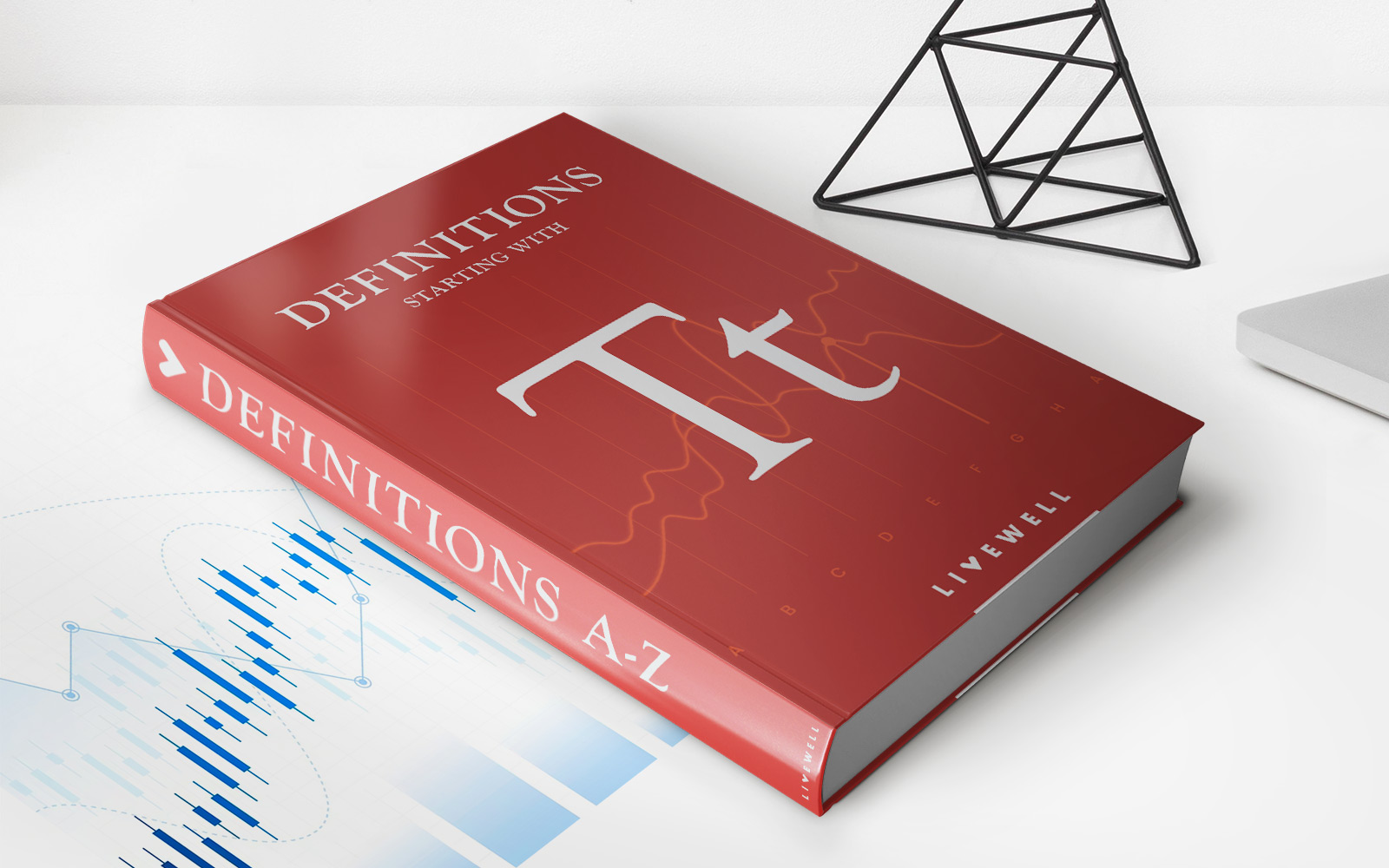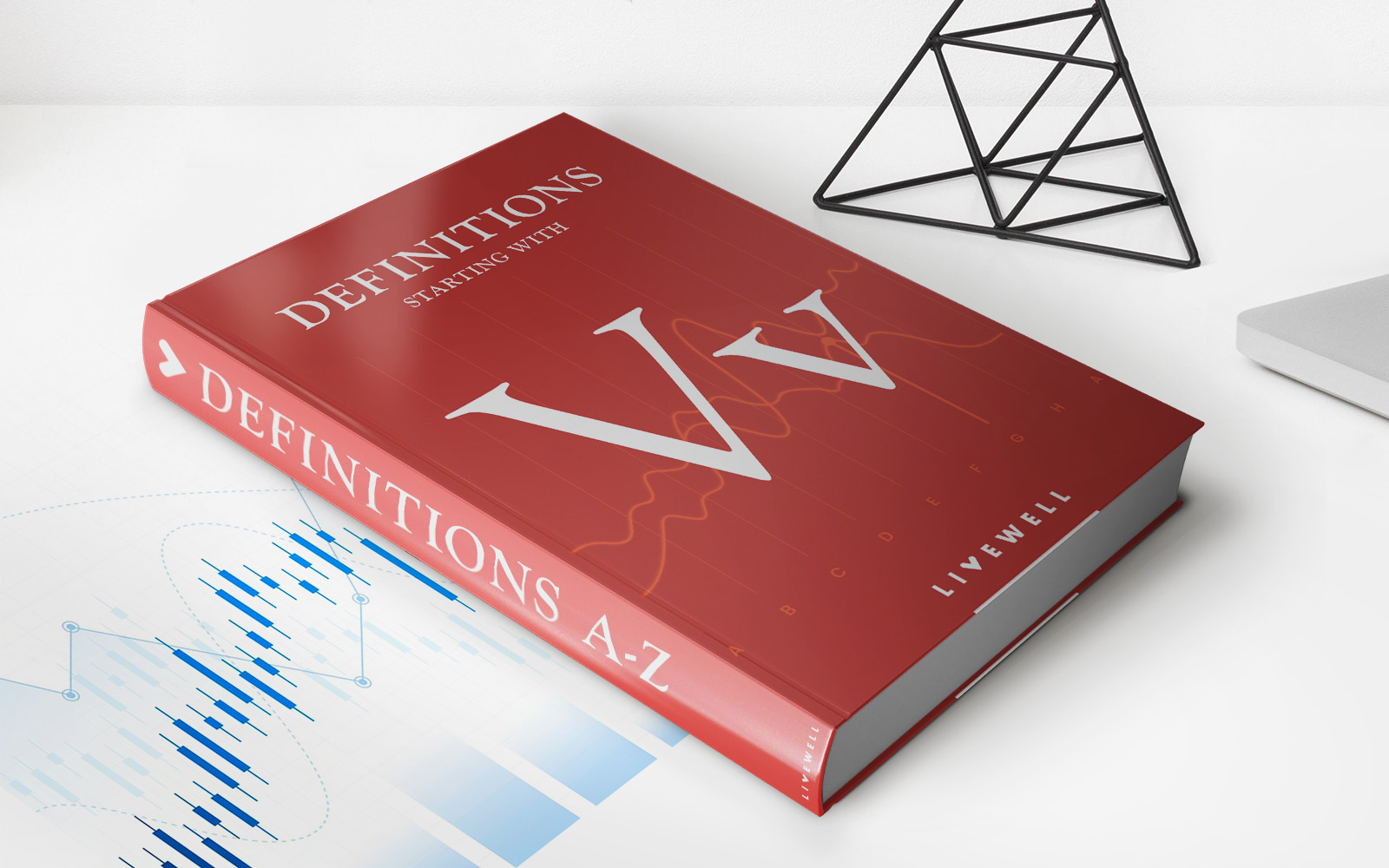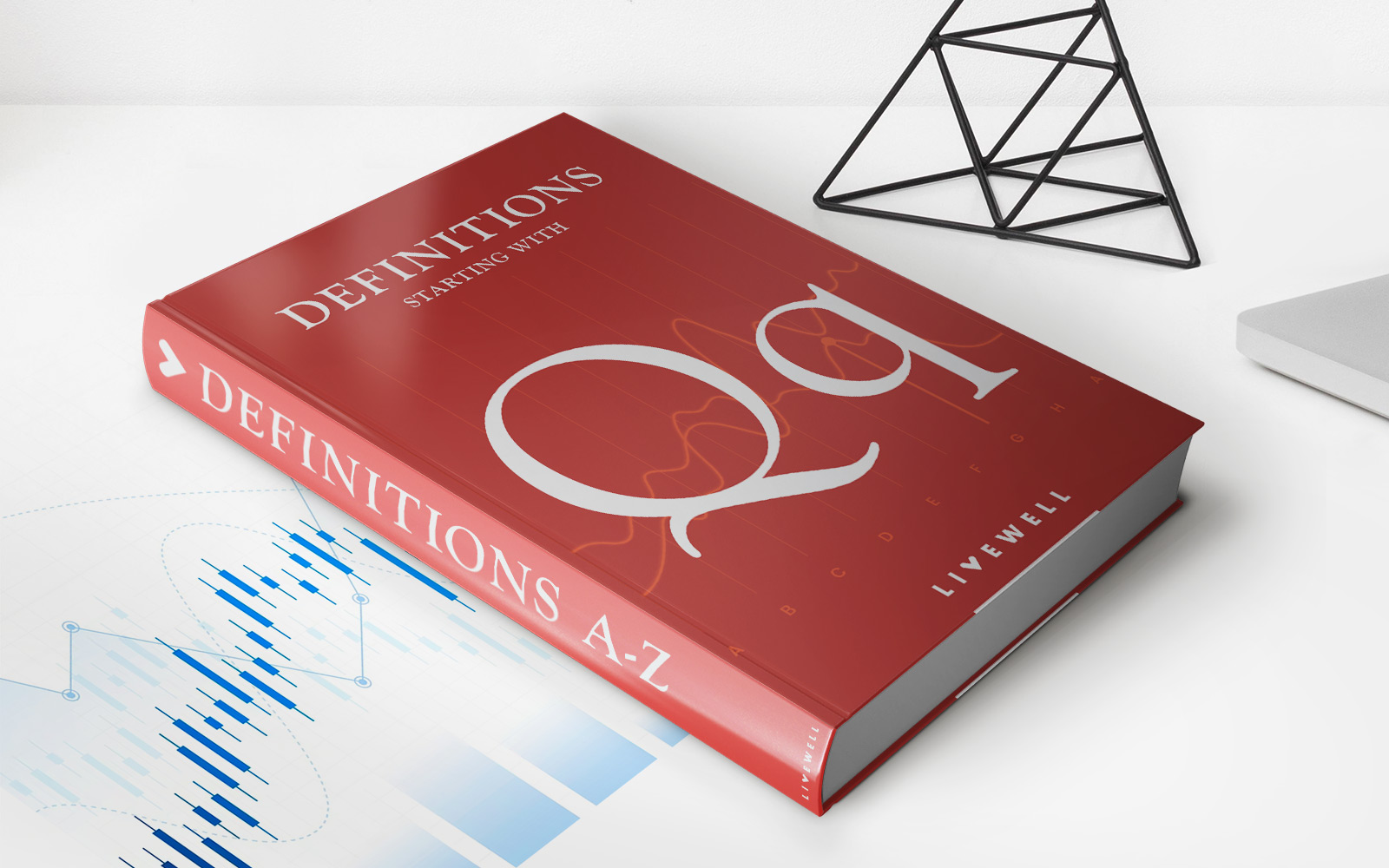Home>Finance>What Is A Comfort Letter? Definition, How It’s Used, And Legality


Finance
What Is A Comfort Letter? Definition, How It’s Used, And Legality
Published: October 29, 2023
Discover the definition and usage of comfort letters in finance. Explore how these letters are used and their legality in various financial situations.
(Many of the links in this article redirect to a specific reviewed product. Your purchase of these products through affiliate links helps to generate commission for LiveWell, at no extra cost. Learn more)
What Is a Comfort Letter? Definition, How It’s Used, and Legality
Finance can sometimes be a complex and intricate field, with many technical terms and concepts to understand. One such term that often comes up in financial transactions is a comfort letter. But what exactly is a comfort letter, how is it used, and is it considered legally binding? In this blog post, we will provide you with a comprehensive guide to understanding comfort letters and their significance in the world of finance.
Key Takeaways:
- A comfort letter is a written document that provides reassurance and enhances a person’s confidence in a particular financial transaction.
- Comfort letters are commonly used in various situations, such as loan applications, mergers and acquisitions, initial public offerings, and securing contracts.
A comfort letter, also known as a letter of comfort or letter of awareness, is a written statement issued by one party to another to provide reassurance or support. While not legally binding like a contract, it symbolizes a commitment to fulfill certain obligations or to provide assistance if necessary. Comfort letters are often used to enhance trust and confidence between parties involved in financial transactions.
So, why are comfort letters used? Here are a few common scenarios where comfort letters play a significant role:
- Loan Applications: Banks and financial institutions may request comfort letters from third parties, such as a parent company or a substantial shareholder, to assure the lender that additional financial support is available to the borrower if needed. This can increase the chances of securing the loan.
- Mergers and Acquisitions: Comfort letters are commonly used in the due diligence process of mergers and acquisitions. They provide reassurance to potential buyers that the financial statements provided by the target company are accurate and reliable.
- Initial Public Offerings (IPOs): Companies going public may issue comfort letters to underwriters, providing them with confidence in the accuracy of the financial statements presented in the IPO prospectus.
- Contractual Agreements: In business contracts, a party might request a comfort letter from another party as a form of reassurance that the agreed-upon obligations will be fulfilled.
It is important to note that a comfort letter is not legally binding and does not guarantee the performance of the obligations stated within it. However, it serves as a strong indication of good faith and commitment, which can help in building trust between the parties involved.
While comfort letters are widely used and accepted in many jurisdictions, it is essential to understand that their legal status may vary from country to country. In some jurisdictions, they may have legal implications, while in others, they may be considered simply as statements of intent or goodwill. It is always recommended to seek legal advice and consider the specific legal framework applicable to the transaction in question.
In conclusion, comfort letters are valuable tools in the world of finance, providing reassurance and enhancing confidence in various types of financial transactions. While they are not legally binding like contracts, they serve as a symbol of commitment and goodwill between parties. By understanding the uses and implications of comfort letters, individuals and businesses can navigate the complexities of finance with greater ease and decision-making confidence.
